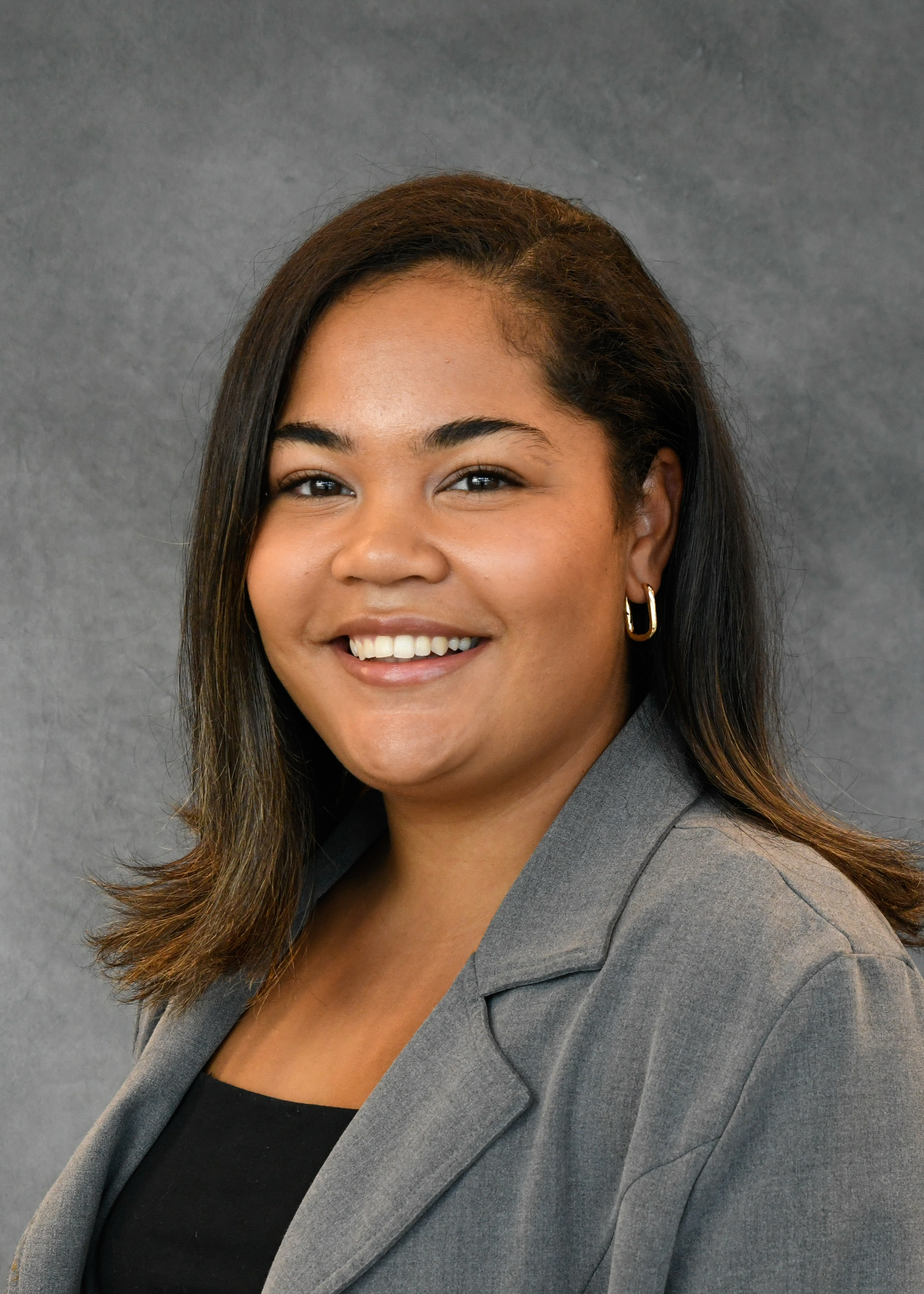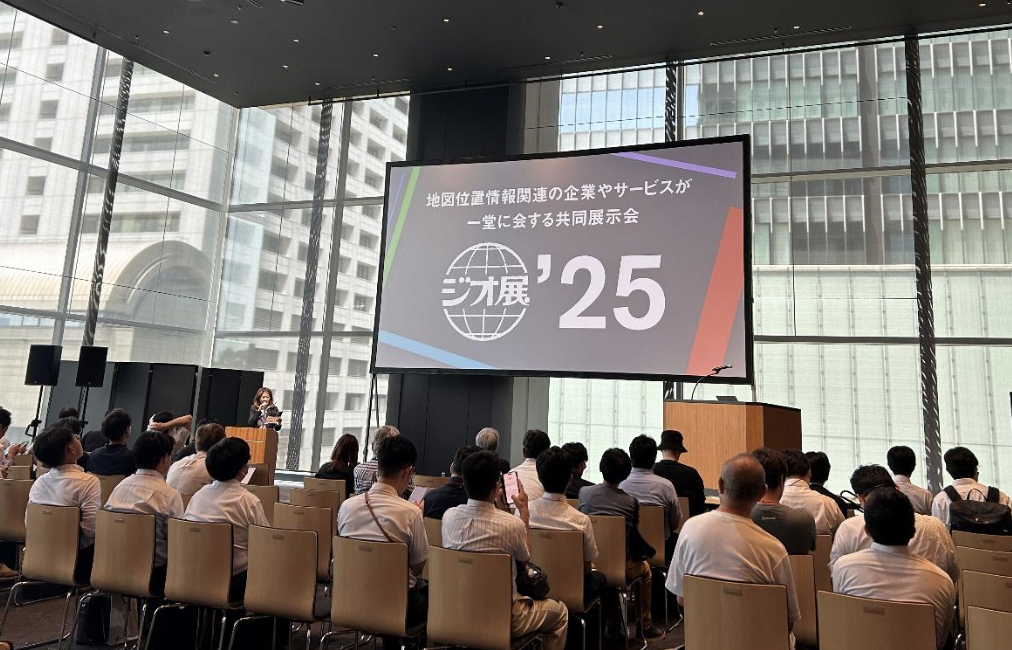Lorem ipsum dolor sit amet, consectetur adipiscing elit, sed do eiusmod tempor incididunt ut labore et dolore magna aliqua.
Technical Sessions at BUILD with Mapbox 2024 Highlight Strategies for Success
Heading

From backend integrations to scaling mobile and web applications, the technical sessions of BUILD with Mapbox 2024 provided a comprehensive look at how to apply the full suite of Mapbox solutions to drive innovation and success with location technology.
Building custom data pipelines with Mapbox
Many applications built with Mapbox take full advantage of the flexibility of the Mapbox platform to integrate with custom data pipelines. In this session, attendees learned from the experience of Charles Skelton, GIS Lead at Polaris, who shared how Polaris has integrated Mapbox services into their custom geospatial data pipeline. In addition, Mapbox engineers provided an overview of new and upcoming features of the Mapbox Tiling Service that make it even easier to set up custom data pipelines, including support for raster data, incremental tileset updates, and new clustering options. Finally, the session explored ways to use the Mapbox data products for Boundaries, Movement, and Traffic in advanced location analysis and visualizations.

“That tileset is utilized in a number of our different tiles. Each of our product lines has a different branded look to the map. A lot of the underlying data is the same, but we use different styles to achieve various appearances. The great thing about the tileset is that once it’s updated, those changes are disseminated to our web and mobile clients. A key benefit is the availability of offline tiles, which is essential for users in remote areas. Riders can download the offline data, and once they regain connectivity, any changes within that tile will be updated automatically without any intervention, which is huge.”
Charles Skelton, GIS Lead, Polaris
Mobile development with Mapbox
This session focused on the latest Mapbox developments in maps, navigation, and search, specifically for mobile application development. Attendees learned about updates to the Mapbox mobile SDKs and discovered new ways to use Mapbox to enhance their mobile user experiences.
One exciting topic was the addition of more flexible configurations for the popular Mapbox Standard 3D basemap, including a new Standard Satellite style and a choice of color ‘themes’ that work in tandem with the existing Mapbox Standard style light presets for Dawn, Day, Dusk, and Night. This expanded flexibility means developers can create more tailored experiences to best suit their users' needs.

"Mapbox Standard was designed to enhance user experience with a new 3D perspective, and we've received fantastic feedback on its dynamic lighting and depth. However, we also heard requests for a 2D option, so we introduced the ability to switch seamlessly between 2D and 3D views. This flexibility allows developers to tailor their maps to user preferences while still leveraging all the vibrant color configurations and dynamic lighting."
Åsa Forsell, Senior Maps Product Manager, Mapbox
Web development with Mapbox
Mapbox has a well-established reputation among web developers, and the engineers behind Mapbox GL JS are continuously adding new features. In this session, speakers shared the latest improvements and updates to the GL JS library and standards, including the addition of React examples in documentation. This feature allows developers to find practical use cases for GL JS without needing a wrapping library, and each example includes an editable code sandbox to experiment in a controlled environment before integrating it into their applications.
“This addition to GL JS was based on growing requests from our customers. We aim to support the popular frameworks that web developers are currently using.”
Mira Ala-Kantti, Maps Product Manager, Mapbox
Using backend Mapbox APIs for seamless integrations
In this session, attendees explored how to use the lesser-known backend Mapbox APIs to create highly customizable and accurate mapping experiences. One of the standout features was the Mapbox Tilequery API, which allows developers to retrieve data about specific features from raster and vector tilesets based on a given latitude and longitude.
“For vector tilesets, the Tilequery API makes it possible to query for features within a radius, perform point and polygon queries, or query for features across multiple composite layers. You can also augment data from the Mapbox Geocoding API with your own custom data. For raster tilesets, it's possible to query specific point values across different layers and bands within the tileset.”
Greg Banecker, Senior Product Marketing Manager of Maps, Mapbox
Developer docs and tools for efficient workflows
The Mapbox documentation team provided a tour of the extensive resources available on the Mapbox Documentation site, pointing out highlights of particular value to developers building with Mapbox for the first time. With over 1,500 pages of technical content, maintaining and keeping this documentation up to date is a significant task, especially given the 1.4 million page views it receives. The team shared how they are adding intuitive ways to help users find the information they need to work with API references and examples.

“The docs are the window into how the products work. We want to make things clear, explain them properly, and provide good reference materials to help you get things done while building. All our docs are created with markdown in MDX, and we use Docusaurus, a popular open-source static site generator for technical documentation. We have a robust review process for changes, with dozens of weekly updates and automated checks in place to ensure consistent terminology and minimize spelling errors, poor grammar, and dead links. We also have separate help resources, including getting started guides, deeper dives into concepts, product-focused tutorials, and troubleshooting guides for specific technical issues.”
Chris Whong, Head of Developer Relations, Mapbox
Developer Show & Tell: Real projects, real results

In the final BUILD with Mapbox session of 2024, participants connected with fellow developers during a community Show & Tell featuring #BuiltWithMapbox projects. Each presenter had five minutes to showcase their work, sharing insights and inviting live questions from the audience. The session included a broad diversity of developer use cases, including both web and mobile applications, independent projects, school projects, and full-featured apps supported by engineering teams. The diversity of subject matter showed off the versatility of the Mapbox platform for any industry and included news media sites, logistics apps, games, and more. Watch the session recording to see the different projects.
What’s next
Thank you to everyone who attended and contributed to BUILD with Mapbox 2024. Stay connected by participating in future webinars and events.
Lorem ipsum dolor sit amet, consectetur adipiscing elit, sed do eiusmod tempor incididunt ut labore et dolore magna aliqua.




